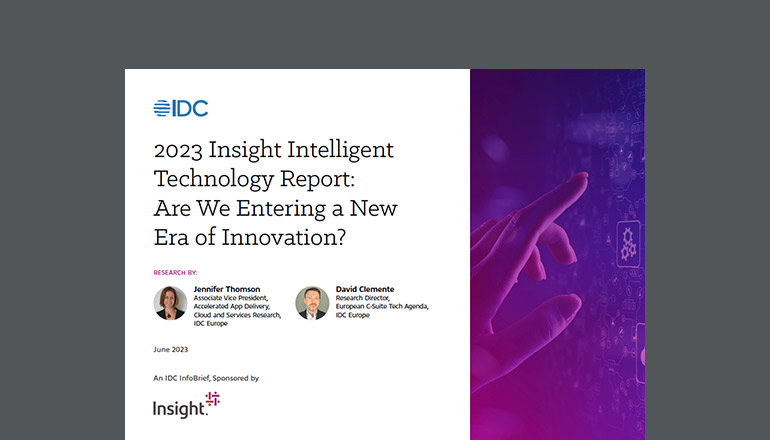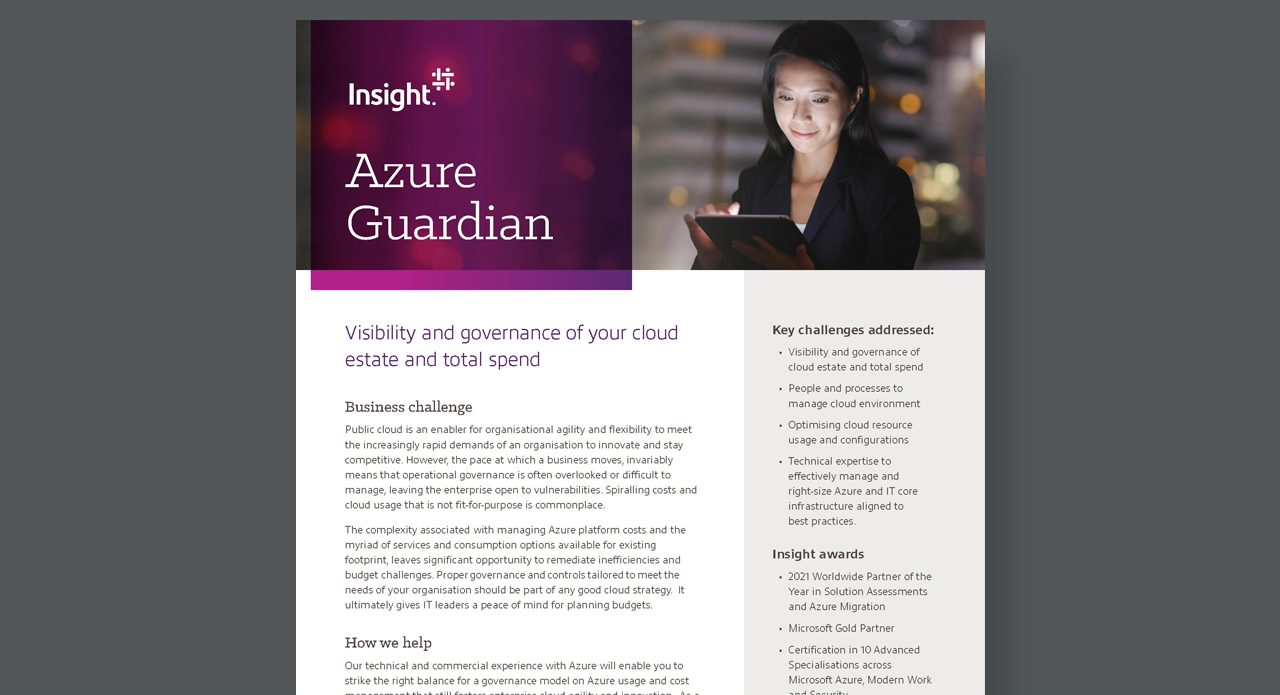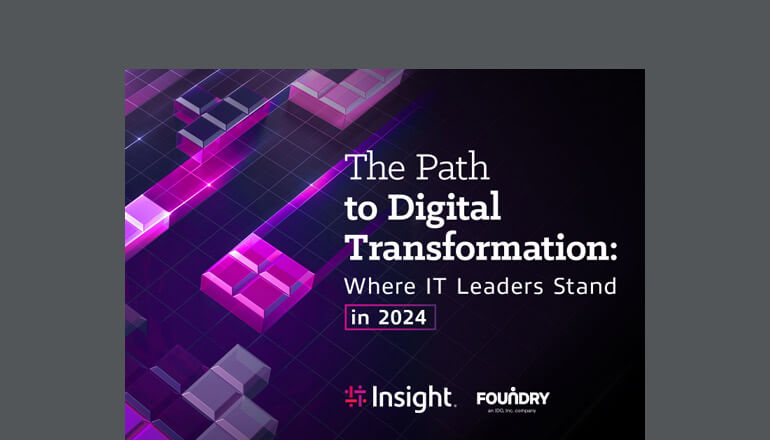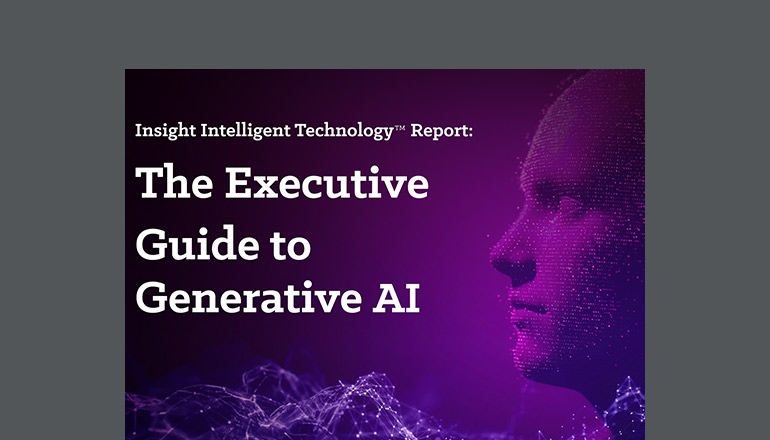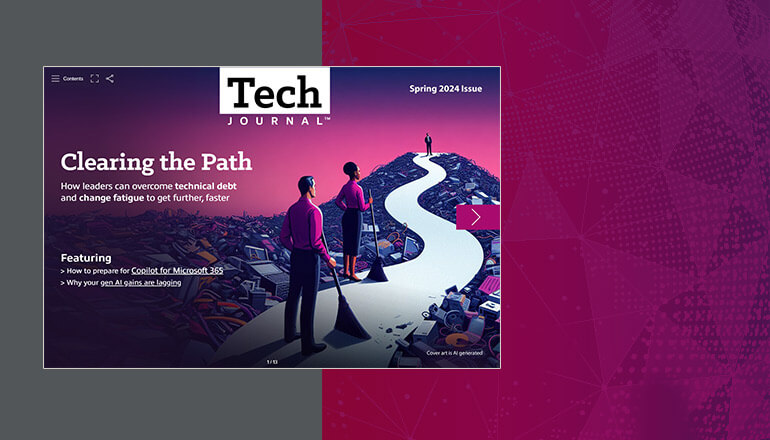Tech Journal Slowing Down to Speed Up: How to Build a Winning Automation Strategy
By Jonathan Parnell / 26 Oct 2021 / Topics: DevOps IT optimization Agile Featured

IT automation is about going faster — building out a good automation strategy is about something else entirely.
Have you ever been riding a bike when suddenly, you get speed wobbles? You feel like you’re going at warp speed. The bike seems to take on a life of its own. You can’t pedal any faster to get back on track.
On the surface, IT automation and cycling have nothing to do with each other. But automation without a thoughtful strategy is a lot like riding a bike with speed wobbles: In the race to go faster with automation, you have to slow down to regain control.
So, how do you automate with purpose? Here’s a three-step approach for creating a thoughtful automation strategy for a more enjoyable ride.
1. Define why you’re making the trek.
Start by asking a few questions: "What does automation mean to our organisation? Why do we want to automate? What business outcomes are we hoping to achieve? Is our desire to automate making up for a step we’re skipping in business decisions?"
The process of asking and answering questions like these uncovers intent. It unearths valuable information that will help you set realistic and measurable goals. During automation projects, it’s common to not consider the implications for the entire ecosystem — and often, there isn’t enough discussion about how to turn the ideas you have into reality. Those early discussions matter. They force you to take a bird’s eye view before zooming in on the details.
92% of business leaders agree automation is key to succeeding in a post-COVID-19 world, according to Cision.
Once you’ve figured out your organisational goals, it’s imperative to understand what your organisation’s policy and guidelines are for automated releases. Without understanding these aspects of your environment, automation can cause problems like backpedaling, failed adoption and more inefficiencies.
After you’ve determined your purpose for automation and figured out where you can get the greatest gains, assess your cultural readiness. For many organisations, this is often the biggest roadblock.
What makes IT automation worth the journey?
- Enhanced agility and scalability for the workforce
- Greater focus on customer experience
- Improved end-to-end process flow
- Increased efficiency through process standardisation
2. Commit to a mindset shift.
Automating with purpose requires addressing silos that happen all too frequently within an organisation.
As a senior consultant for Cloud + Data Centre Transformation at Insight, when I talk to clients, I often find that they want to implement an overarching governance policy — and yet, there are too many silos preventing effective coordination. In order to implement automation that makes sense across teams, you must work on deconstructing siloes, as well as shifting a change-resistant culture.
Only one in five organisations are embracing process automation in its most advanced forms — and nearly one in 10 have only taken the initial steps toward automation, according to Cision.
In my experience, changing culture always starts with relationships. It requires talking to different people within the organisation and building trust through cross-team visibility. Although it’s tempting to only operate within the clearly defined boundaries of your own role, once you determine what you need from other people in the organisation — and what they need from you in return — you can begin figuring out what types of automation initiatives can realistically be embraced across teams.
Generating buy-in for automation doesn’t happen organically and requires the weight of leadership behind it. So, finding a high-level champion who will use their influence to help change the culture is also critical.
Four main test validations for easy coasting
- Unit testing: Vetting individual components of a system and fixing bugs as needed
- Integration testing: Ensuring various interfaces function together well
- System testing: Testing your programming framework against predefined needs
- User acceptance testing: Using the product through the eyes of the end user
For instance, your organisation may have a centre of excellence with staff working on plenty of exciting automation projects. But if there’s a certain culture within the company sending the message that these projects aren’t necessary, then it’s doomed to fail. Alternatively, if you have a high-level person championing the technicians working on these projects, the projects are much more likely to succeed in the long term.
3. Now, map your route.
Once you’ve slowed down, asked thoughtful questions and ensured cultural buy-in, the nuts and bolts can take centre stage via a process map and Value Stream Mapping. This involves:
- Test validations (unit, system, integration and user acceptance)
- Service-Level Agreements (SLAs)
- Service-Level Objectives (SLOs)
- Service-Level Indicators (SLIs), which can be defined once SLAs and SLOs are intact
- Objective and Key Results (OKRs)
- Key-Performance Indicators (KPIs), which can be defined once OKRs are intact; will be how you measure the speed which results from your automation
Observability should always come before a release — never after.
The process of Value Stream Mapping can be intensive. But for every client I’ve worked with, it’s a worthy endeavor and a key piece to successful automation adoption. There’s nothing worse than getting something out to market and then finding out something else broke along the chain because testing protocols weren’t defined or acted upon beforehand. Observability should always come before a release — never after.
Ride on.
It can be easy to confuse automation with orchestration. Automation is about a set of repetitive tasks, while orchestration is about a lot of tasks working together for an outcome. But orchestration doesn’t happen hastily. It’s deliberate. It’s intentional. It forces you to take a step back, the way speed wobbles force you to slow down. If we can start thinking about automation as a strategic journey with purpose, we’ll be far more likely to hit our strides and thrive.
Automate with purpose. Insight offers guidance at every phase of your automation initiative to ensure long-term success.
About the author:
Related articles
Narrow your topic:
DevOps Agile IT optimization Cloud + Data Center Transformation Tech Journal View all focus areas






